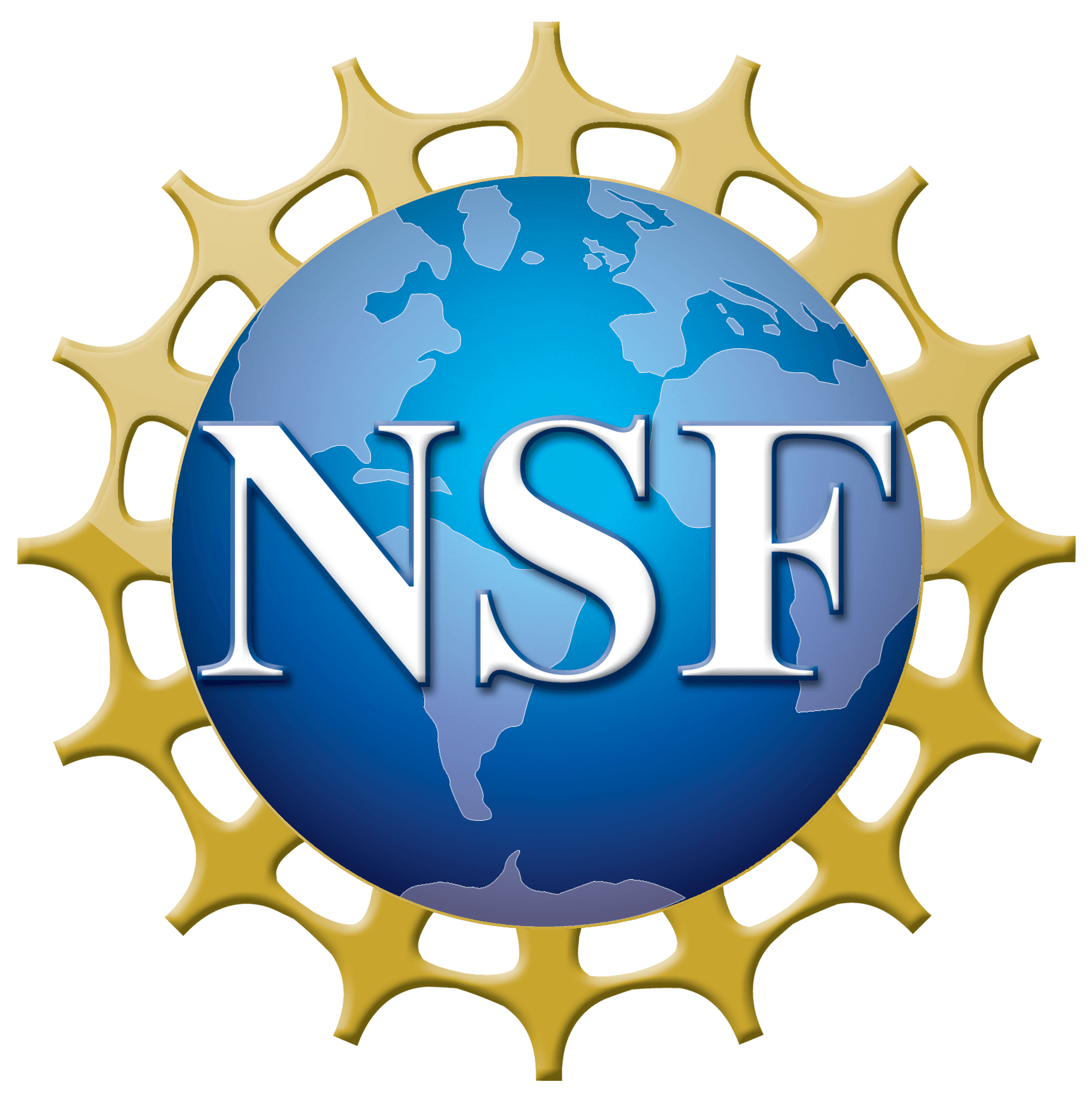Latest NRAO News
News is managed by NRAO News & Public Information. Questions about News? Have a story to share? Want to interview a scientist or create new media about our telescopes?
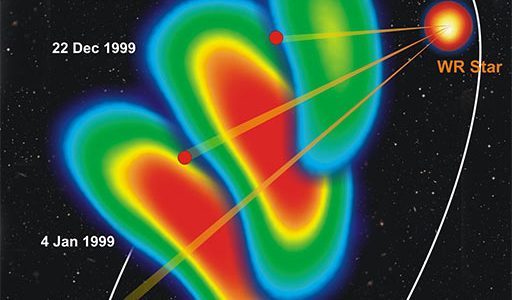
Astronomers using the National Science Foundation’s Very Long Baseline Array radio telescope have tracked the motion of a violent region where the powerful winds of two giant stars slam into each other.
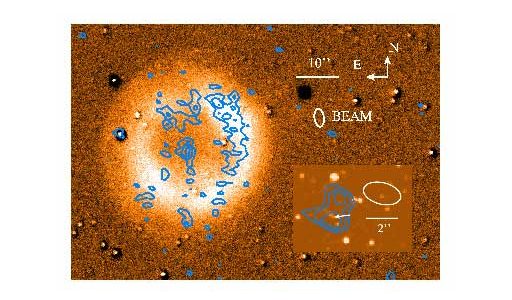
Astronomers using the National Science Foundation’s Very Large Array radio telescope are taking advantage of a once-in-a-lifetime opportunity to watch an old star suddenly stir back into new activity after coming to the end of its normal life.
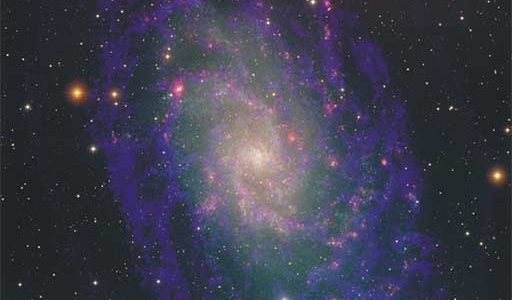
Astronomers using the National Science Foundation’s Very Long Baseline Array have measured the motion across the sky of a galaxy nearly two and a half million light-years from Earth.
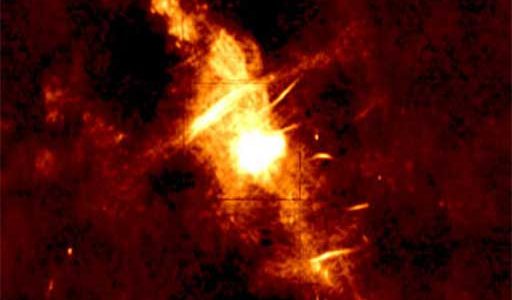
Astronomers at Sweet Briar College and the Naval Research Laboratory have detected a powerful new bursting radio source whose unique properties suggest the discovery of a new class of astronomical objects.

Riccardo Giacconi, very recently retired President of Associated Universities, Inc. (AUI), will be awarded the National Medal of Science by President George W. Bush on March 14, according to the White House.
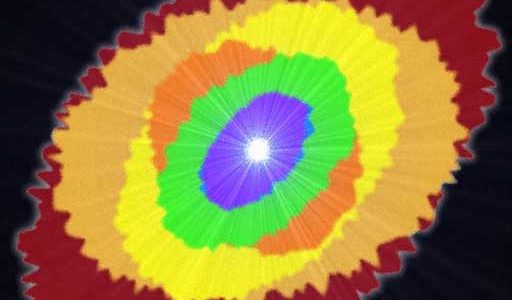
A giant flash of energy from a supermagnetic neutron star thousands of light-years from Earth may shed a whole new light on scientists’ understanding of such mysterious magnetars and of gamma-ray bursts.




